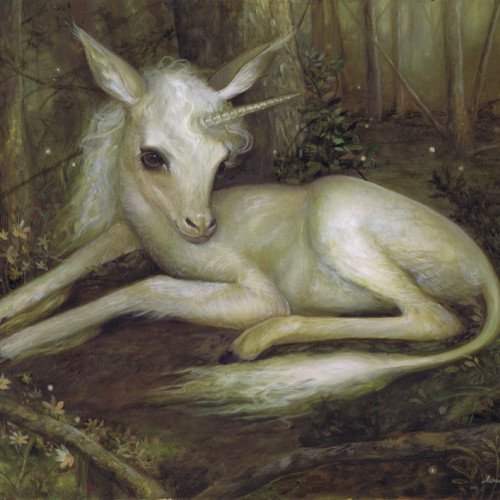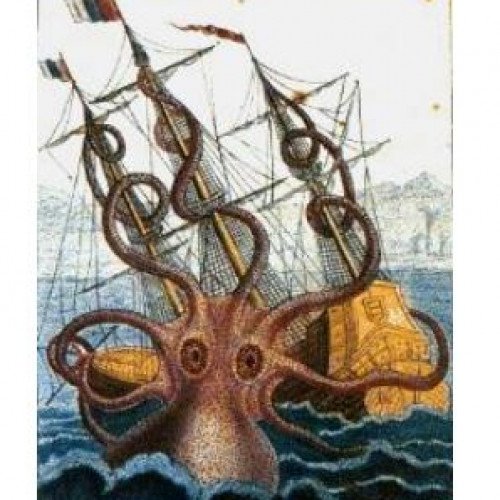Abath VS Kraken

Abath
An Abath is a legendary creature resembling a unicorn, first appearing in records in the 16th century. Accounts of the Abath were brought back by 16th-century European travellers to the Malay Peninsula. Described as female, with a single horn growing from its forehead, it is speculated that these were probably the result of a half-glimpsed Javan or Sumatran rhinoceros. Like the unicorn, a powder made from this horn supposedly served both as an aphrodisiac and as an antidote to poison. However, since the unicorn was invariably represented as male, and since there was only ever one in existence at any time, the Abath seems to have developed independently from the European myths of the one-horned creature.
Statistics for this Xoptio

Kraken
The kraken () is a legendary sea monster of gigantic size and cephalopod-like appearance in Scandinavian folklore. According to the Norse sagas, the kraken dwells off the coasts of Norway and Greenland and terrorizes nearby sailors. Authors over the years have postulated that the legend may have originated from sightings of giant squids that may grow to 13–15 meters (40–50 feet) in length. The sheer size and fearsome appearance attributed to the kraken have made it a common ocean-dwelling monster in various fictional works. The kraken has been the focus of many sailors passing the North Atlantic and especially sailors from the Nordic countries. Throughout the centuries, the kraken has been a staple of sailors' superstitions and mythos.